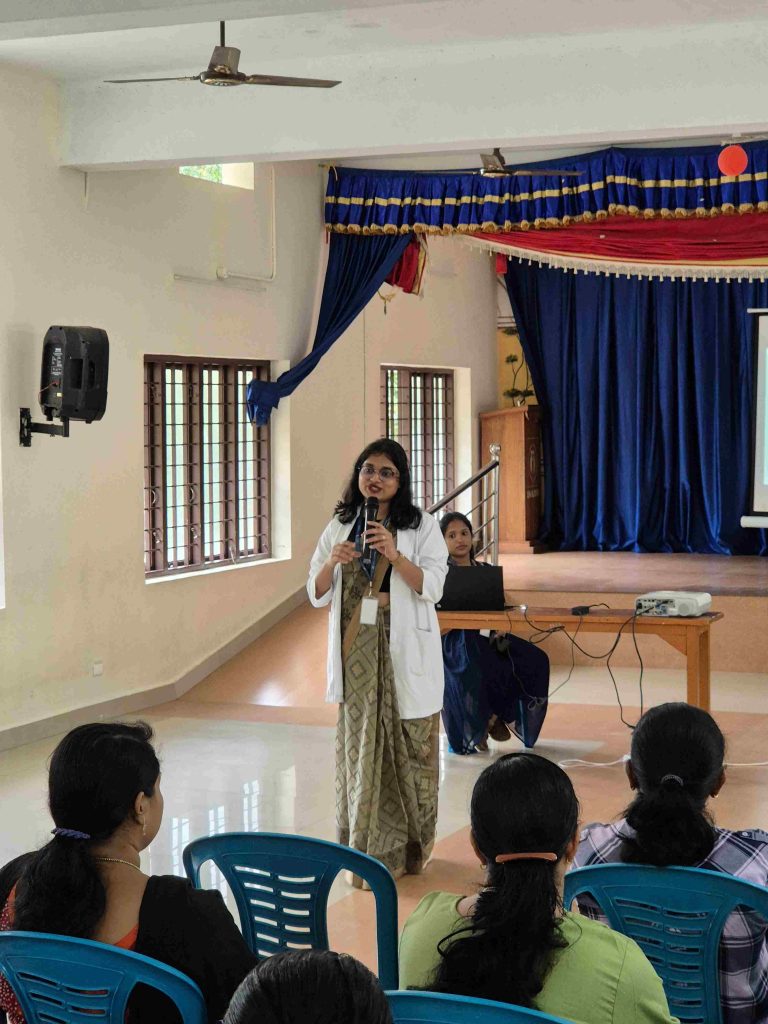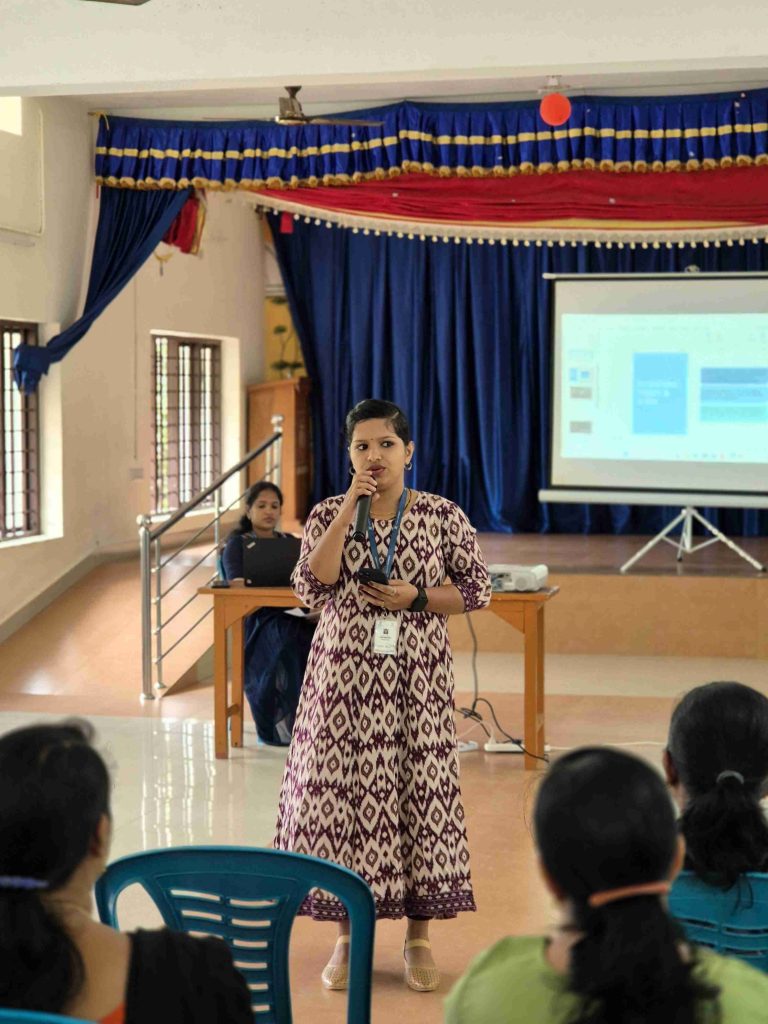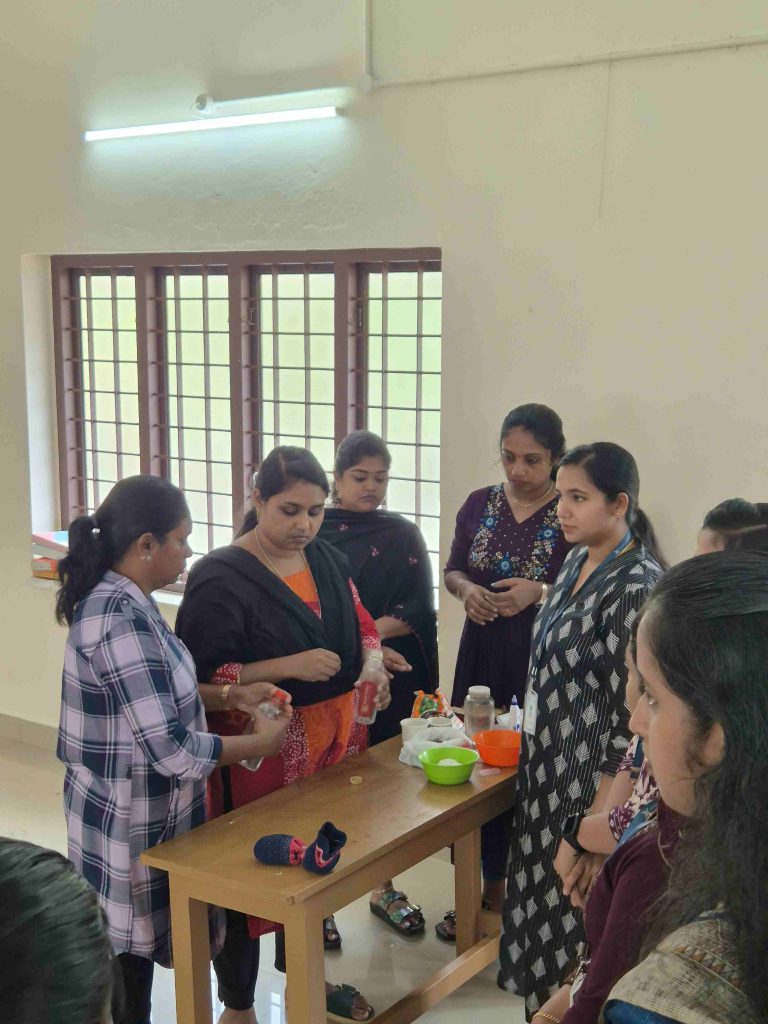Reading Time: 5 minutesEarly childhood is a critical time for a child’s physical, cognitive, social, and emotional development. During these years, any delays or challenges can have long-term effects. Pediatric therapy is key in identifying and addressing these issues early, helping children reach their full potential, and minimizing the need for intensive treatments later. This blog highlights the importance of early intervention, the benefits it offers, and the types of therapies that can make a significant impact on a child’s growth.
Understanding Early Intervention
Early intervention involves identifying and addressing developmental delays or health issues in children under five. It includes speech, physical, occupational, and behavioral therapy to support a child’s growth and reduce future challenges. Addressing concerns early improves outcomes by helping children with developmental, physical, and emotional issues reach their full potential.
The Science Behind Early Intervention
In the early years, a child’s brain is highly adaptable due to neuroplasticity, making it an ideal time for early intervention. Therapeutic support during this period helps reshape neural pathways, address developmental concerns, and promote optimal growth. By leveraging the brain’s flexibility, early intervention can significantly impact a child’s future abilities and independence.
Benefits of Early Pediatric Therapy Interventions
- Enhanced Developmental Outcomes: The most significant benefit of early intervention is its ability to improve developmental outcomes. Whether it’s speech, motor skills, cognitive abilities, or social behaviors, timely interventions can help children catch up with their peers in areas where they may have been delayed. This leads to increased self-esteem, improved academic performance, and better social interactions as the child grows.
- Prevention of Secondary Complications: By addressing developmental concerns early, pediatric therapy can prevent secondary complications that may arise from untreated delays. For example, a child with untreated speech delays may develop social isolation, frustration, or academic challenges as they enter school. Early speech therapy can prevent these issues and help the child develop communication skills that are essential for future success.
- Better Long-Term Outcomes: Children who receive early interventions are more likely to achieve better long-term outcomes. Studies have shown that children who receive early therapy services are less likely to require special education services later in life and are more likely to thrive in mainstream education settings. This not only improves their academic and social development but also enhances their quality of life.
- Cost-Effectiveness: Early intervention is often more cost-effective than waiting until developmental issues become more pronounced. Treating delays and disabilities early on can reduce the need for more expensive interventions later in life, including special education services, therapy, and medical treatments. Additionally, the earlier a child receives therapy, the more likely they are to achieve milestones quickly, reducing the overall duration and cost of treatment.
Key Types of Early Intervention Therapies
1) Speech Therapy:
Speech therapy is one of the most commonly utilized early intervention therapies. It addresses speech and language delays, articulation problems, and communication difficulties that may affect a child’s ability to express themselves. Early speech therapy helps children develop the necessary language skills to communicate effectively with others, which is vital for academic success and social interactions.
Applications:
- Language Delays: Children with language delays may struggle to form sentences, understand vocabulary, or express their thoughts clearly. Early intervention can help them build these foundational skills.
- Articulation Disorders: Children with articulation disorders may struggle with pronouncing words. Speech therapy can help correct these issues, making communication more effective.
- Social Communication: For children with autism spectrum disorder (ASD) or other social challenges, speech therapy focuses on improving social communication skills, such as turn-taking in conversation, understanding body language, and engaging in meaningful exchanges.
2) Physical Therapy:
Physical therapy helps children with physical disabilities or motor delays improve their movement, strength, balance, and coordination. Early physical therapy interventions can address issues like muscle weakness, motor coordination problems, or delays in walking and crawling. It is particularly beneficial for children with conditions such as cerebral palsy, developmental coordination disorder, and congenital muscular dystrophy.
Applications:
- Motor Delays: Children who experience delays in reaching motor milestones such as sitting, crawling, or walking can benefit from physical therapy to improve their coordination and muscle strength.
- Postural Control: Some children may have difficulty maintaining balance or proper posture. Physical therapy helps them improve their core strength and stability.
- Rehabilitation from Injuries: If a child has suffered an injury, physical therapy can facilitate healing and help them regain strength and mobility.
3) Occupational Therapy:
Occupational therapy focuses on helping children develop the skills necessary for daily activities or “occupations,” including fine motor skills, sensory integration, self-care tasks, and academic performance. Children with sensory processing issues, ADHD, autism, or developmental disabilities often benefit from occupational therapy.
Applications:
- Sensory Processing Disorder: Children with sensory processing issues may have difficulty processing and responding to sensory stimuli. Occupational therapy can help them develop strategies for managing sensory input.
- Fine Motor Skills: Developing fine motor skills such as grasping, drawing, and using utensils is essential for academic and self-care activities. Occupational therapists help children strengthen these skills.
- Self-Care Skills: Children who struggle with daily self-care activities, such as dressing, grooming, and feeding, can benefit from occupational therapy to increase their independence.
4) Behavioral Therapy:
Behavioral therapy focuses on modifying problematic behaviors and teaching children appropriate coping mechanisms. It is commonly used for children with autism, ADHD, and other behavioral conditions. Early behavioral therapy can address issues such as tantrums, aggression, and non-compliance while teaching positive behaviors and emotional regulation.
Applications:
- Autism Spectrum Disorder: Early behavioral therapy, such as Applied Behavior Analysis (ABA), helps children with ASD develop social skills, language abilities, and appropriate behaviors.
- Attention Deficit Hyperactivity Disorder (ADHD): Behavioral therapy helps children with ADHD manage impulsivity, improve attention, and develop organizational skills.
- Social Skills Training: Children who struggle with social interactions can benefit from behavioral therapy, which teaches them how to communicate and interact effectively with others.
The Role of Parents in Early Intervention
Parents play a crucial role in the success of early intervention therapies. By being actively involved in their child’s therapy sessions, parents can manage the strategies and techniques learned in therapy at home. This consistent practice helps the child progress more quickly and effectively. Additionally, parents can advocate for their children’s needs, ensuring that they receive the support and resources necessary for their development.
Conclusion: Early Intervention Makes a Difference
The benefits of early intervention are clear: better developmental outcomes, prevention of complications, improved success, and cost-effective treatment. Whether it’s speech therapy, physical therapy, occupational therapy, or behavioral therapy, early intervention helps children reach their full potential with the support of professionals. With XceptionalLEARNING, we provide tailored Child Development Support that empowers your child to succeed academically and emotionally. Our Developmental Therapy Services offer effective solutions like speech therapy, physical therapy, and behavioral therapy, all designed to meet your child’s unique needs. Using tools like the Digital Activity Book, children engage in interactive learning that enhances their growth. Don’t wait—contact us today at +91 8921287775 to provide your child with the best foundation for a successful future through expert developmental support and innovative therapeutic services. Let our professional team guide your child towards a brighter tomorrow with the help of our innovative tools like the Digital Activity Book.










